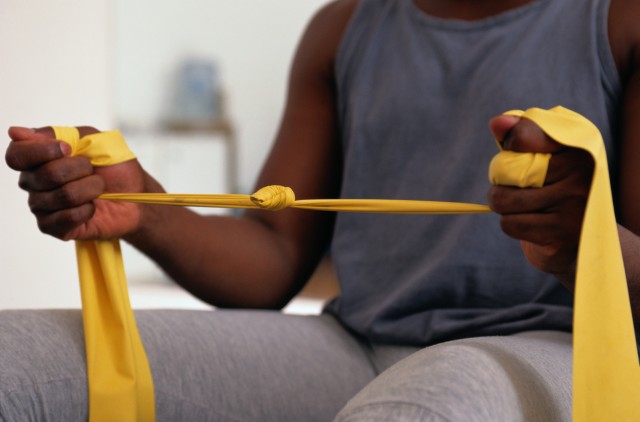So I called up Tony Delitto, chairman of the department of physical therapy at the University of Pittsburgh, to find out what gives. He was chairman of the group that wrote the "what not to do" list for Choosing Wisely. It's aimed at getting health care professionals and civilians to pick medical treatments that are proven to do good.
Heating pads in the PT's office, alas, are not on the list.
"The evidence for any beneficial effect is almost nil," Delitto told Shots. "When I graduated with my physical therapy degree in 1979, these physical agents were a large part of practice. We've had a hard time getting rid of them."
One reason why, Delitto says, is that insurers continue to pay for passive physical agents. I know my health insurer did. The Choosing Wisely campaign, which is run by the American Board of Internal Medicine Foundation, aims to put pressure on insurers to change their ways, too.
Also on the physical therapists' list:
- Don't underprescribe exercise for older adults.
- Don't prescribe bed rest for people with acute deep vein thrombosis once they're properly medicated.
- Don't use continuous passive motion machines for people who have had knee replacements.
- Don't use whirlpool baths for wound management.
- If you detect a pattern there, you're right. The emphasis is on physical activity, and on doing it yourself with the guidance of a physical therapist so you work hard enough to get stronger and don't get hurt.
"You're leaning on the physical therapist's expertise to see what activities you can do and how to carry them out on your own," Delitto says. "What to look for so you don't overdo it, and how to progress."
Many physical therapists are hesitant to give older people challenging exercises, but as a result the exercises don't do any good. "We underestimate what they can do," Delitto says. It's a bit trickier to hit the right balance between challenge and safety, he notes, but "it can be done safely."
The continuous passive motion machines were thought to prevent stiff knees in people who had knee replacements, but studies have found that they don't help. "It turned out to be a very expensive device that was not adding any quality," Delitto says. "But people make money on the machines."
Physical therapy can be a cost-effective first stop for people, Delitto says, because therapists are trained to recognize when a person needs to see a doctor instead. "We're sort of an inexpensive route for patients."
Without the heating pad, that is. I guess I'm going to have to find another place to listen to NPR.
